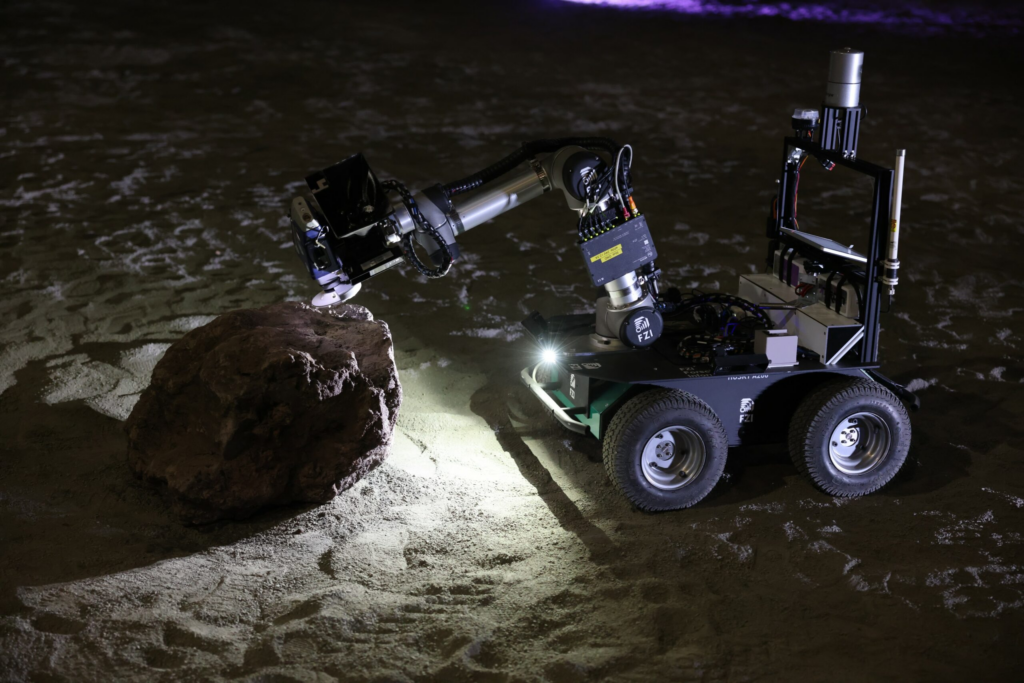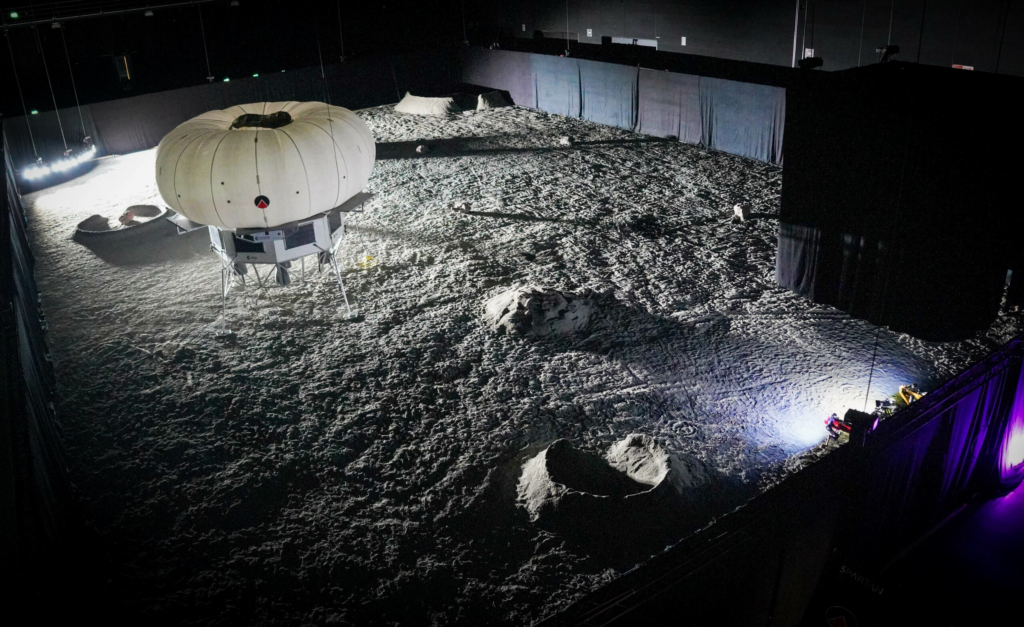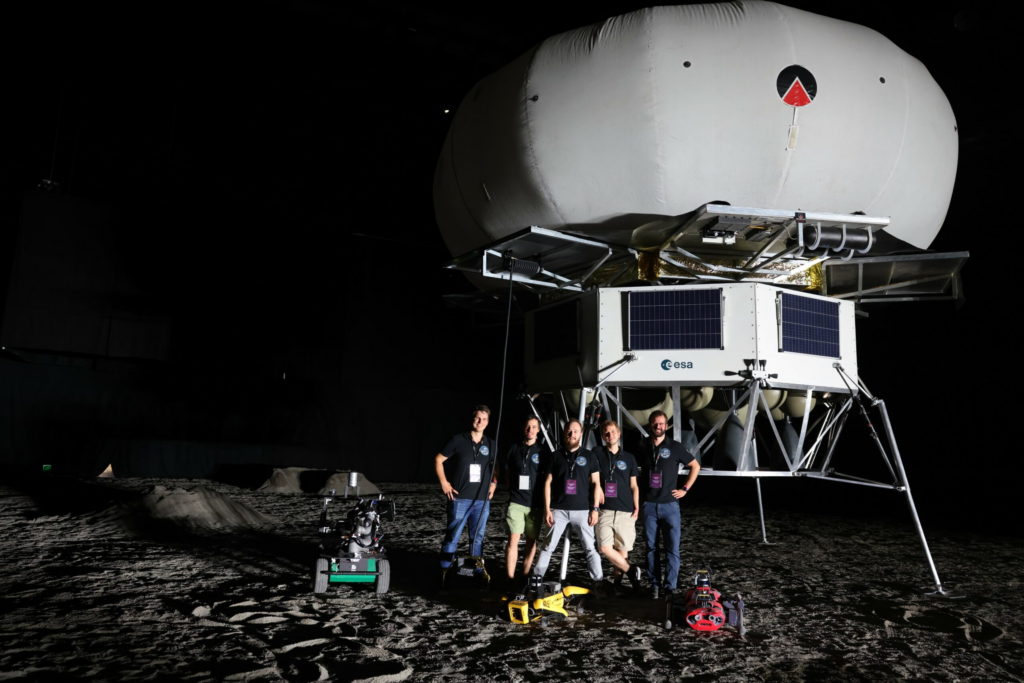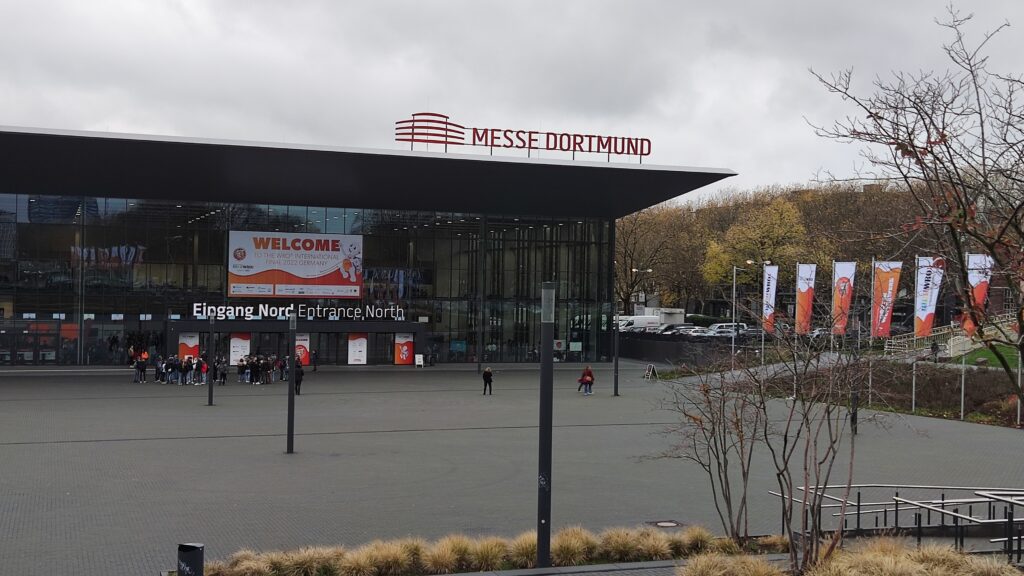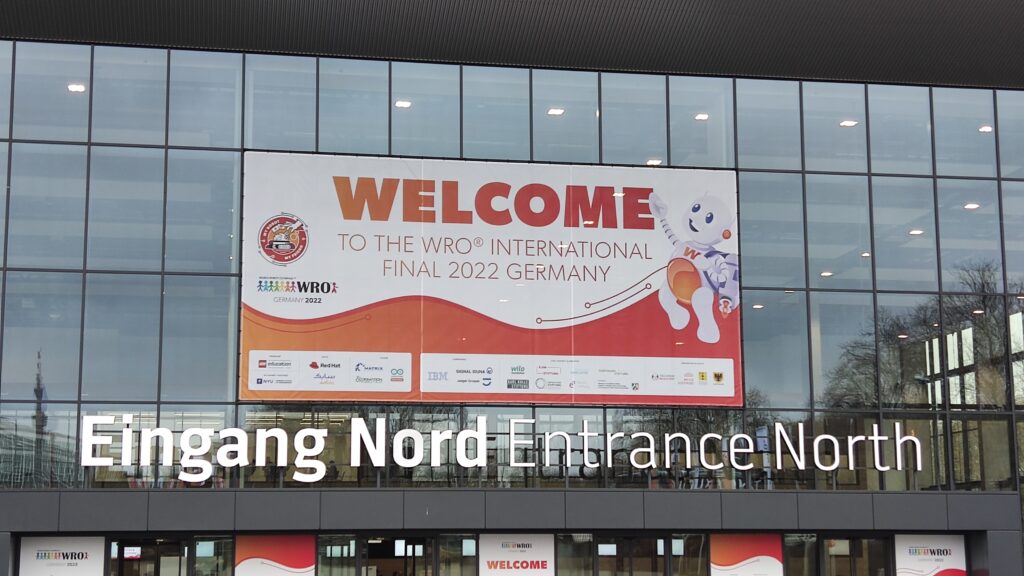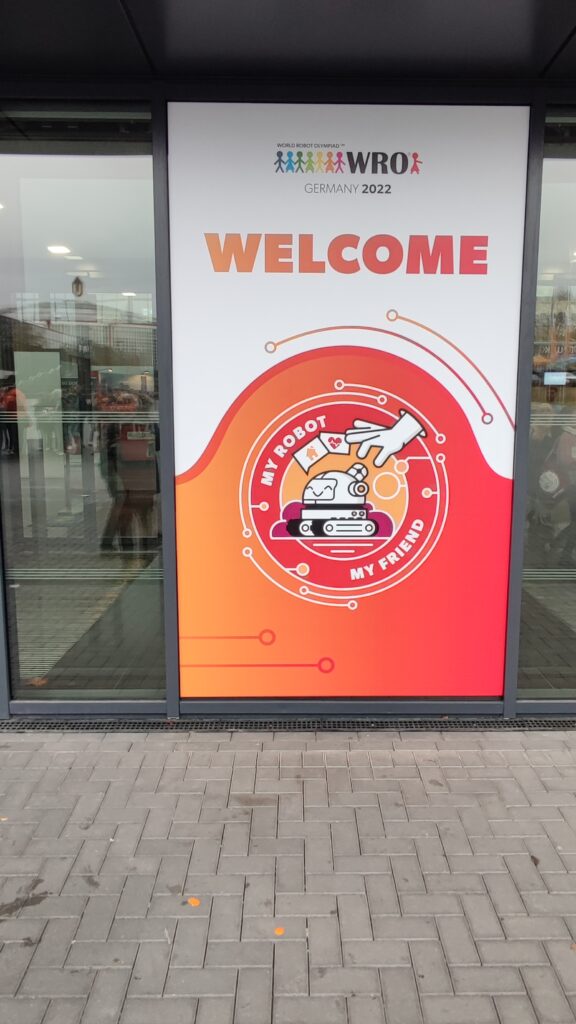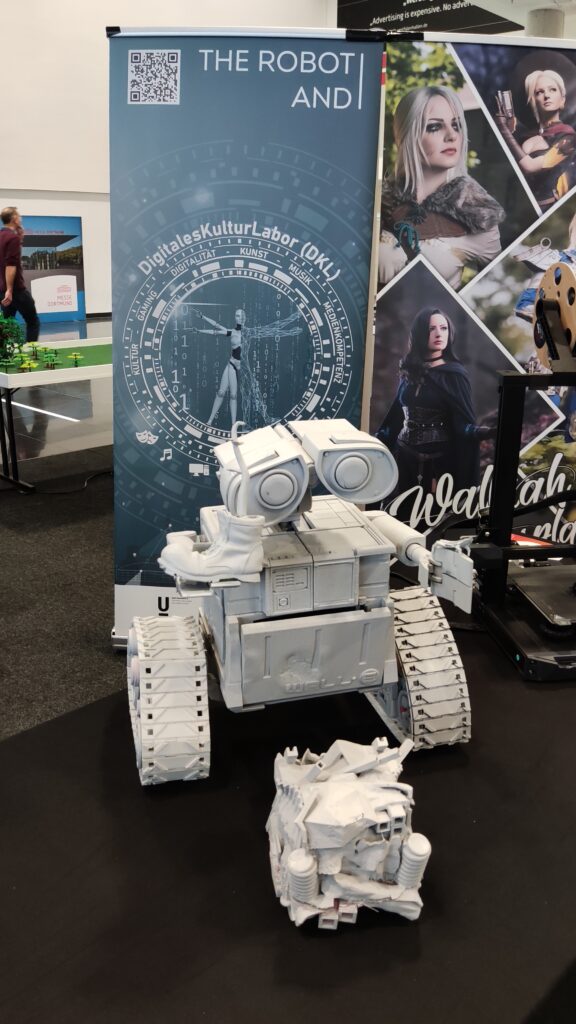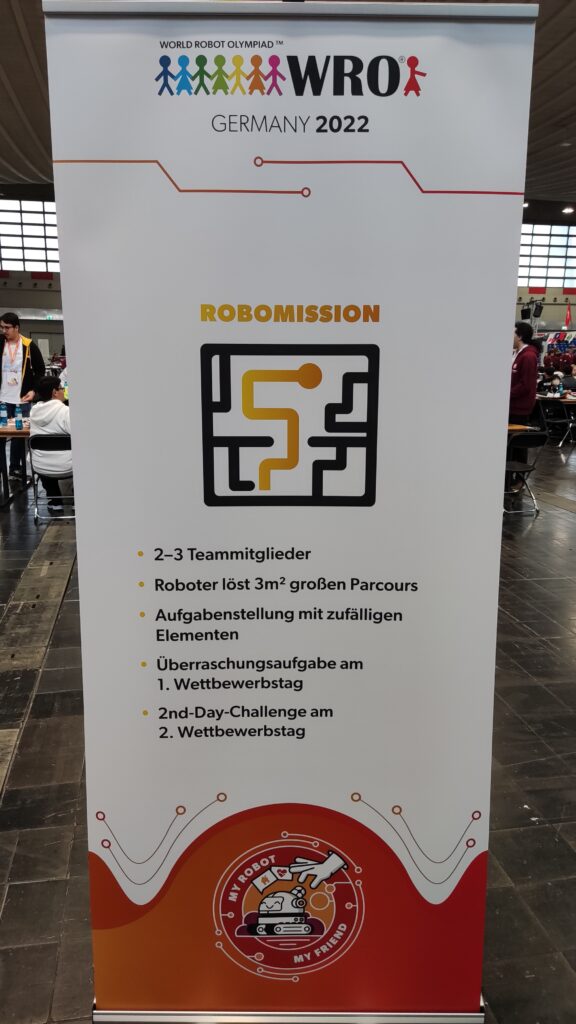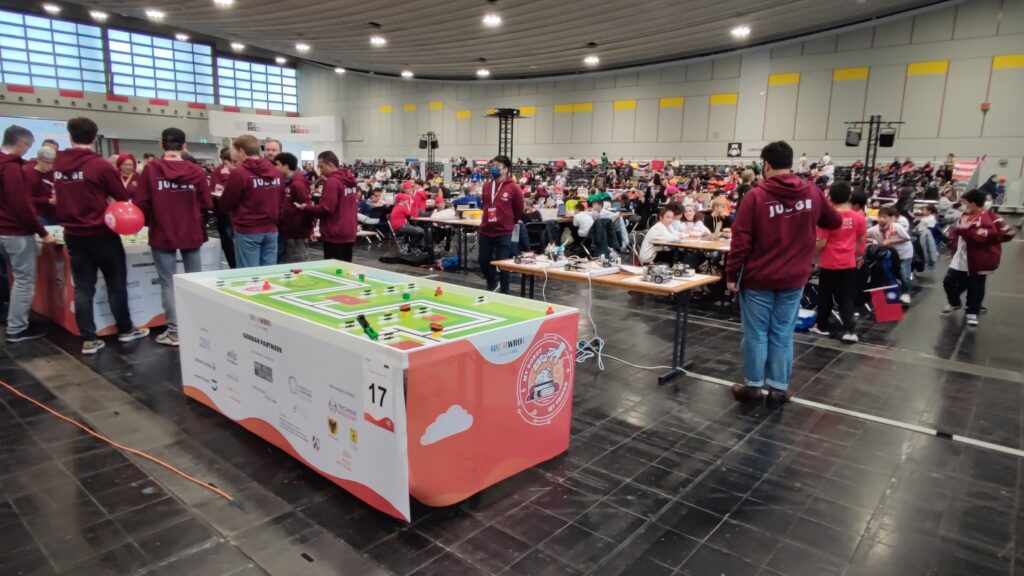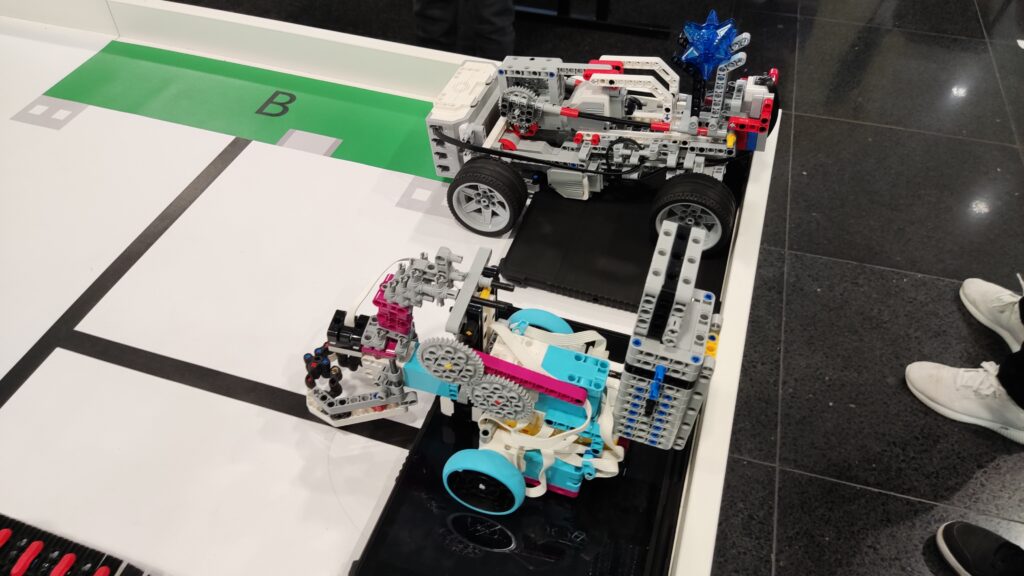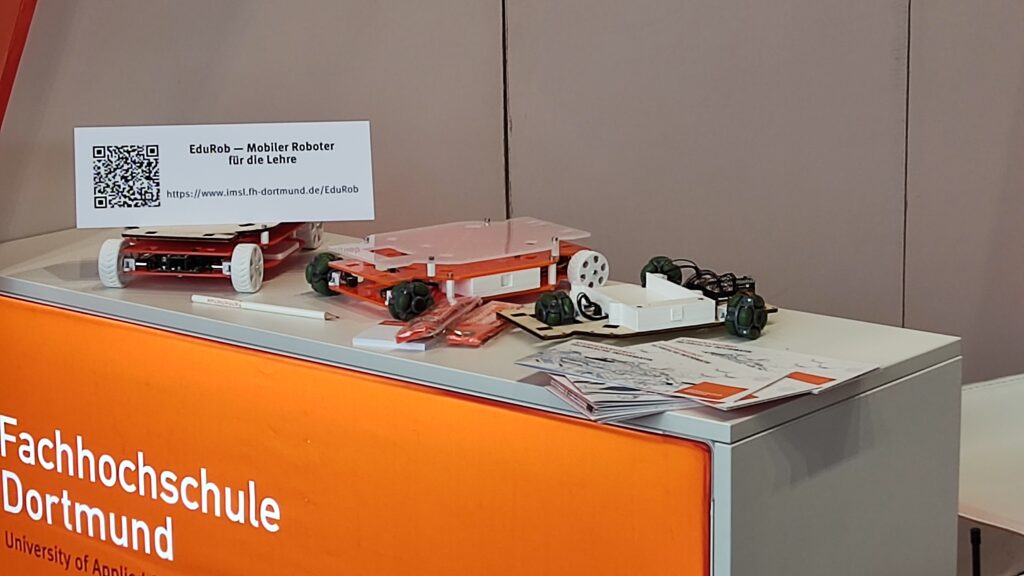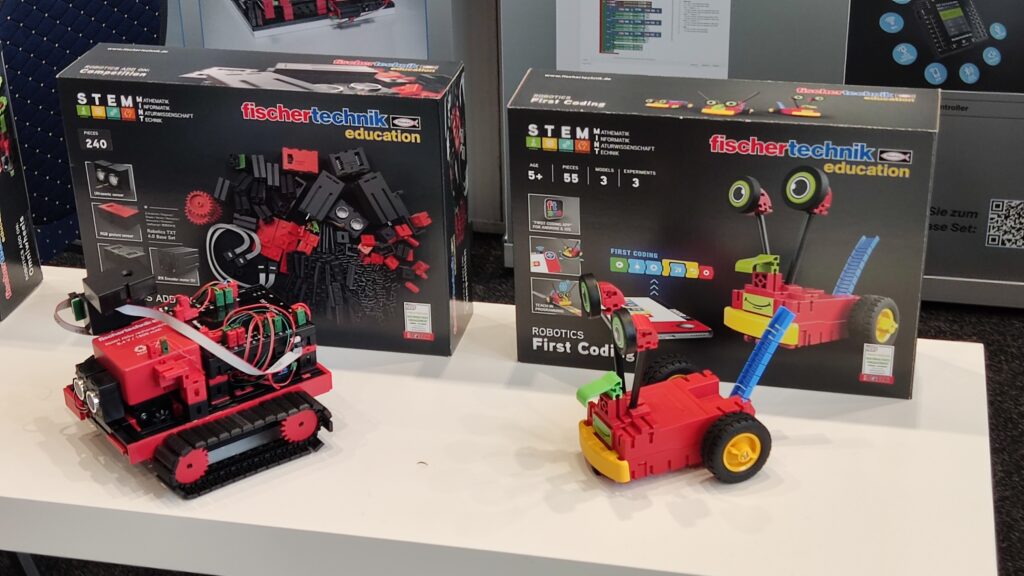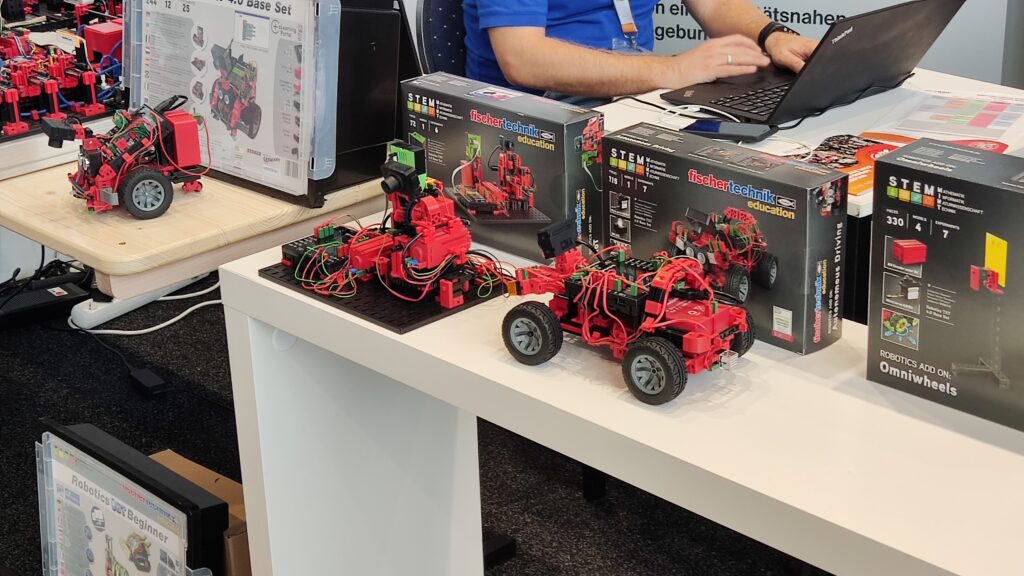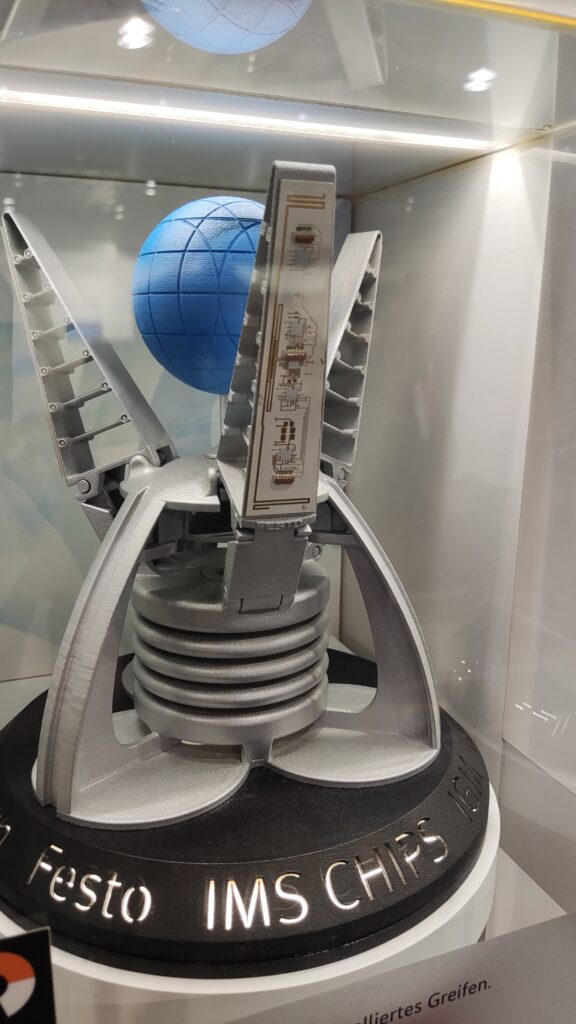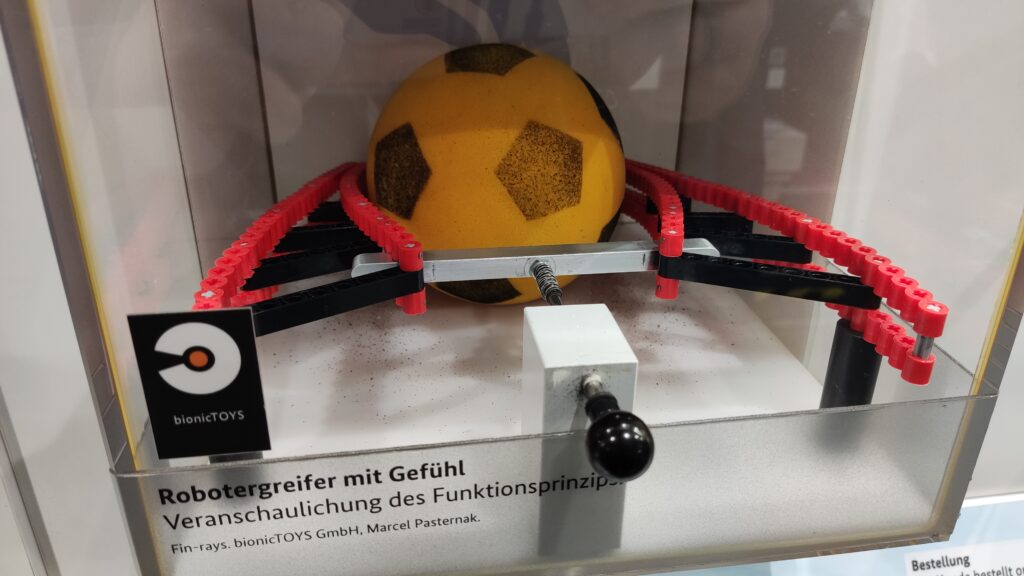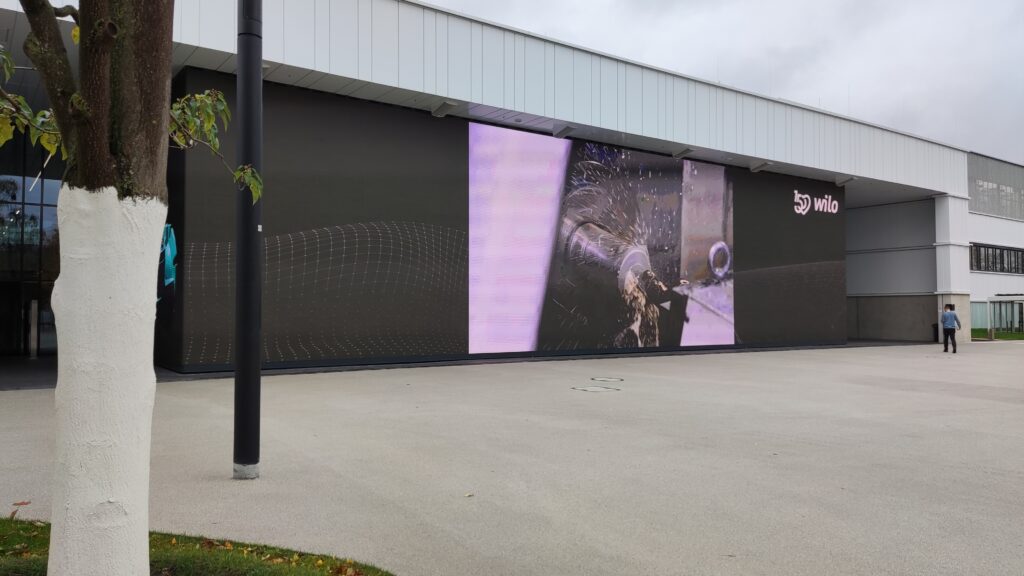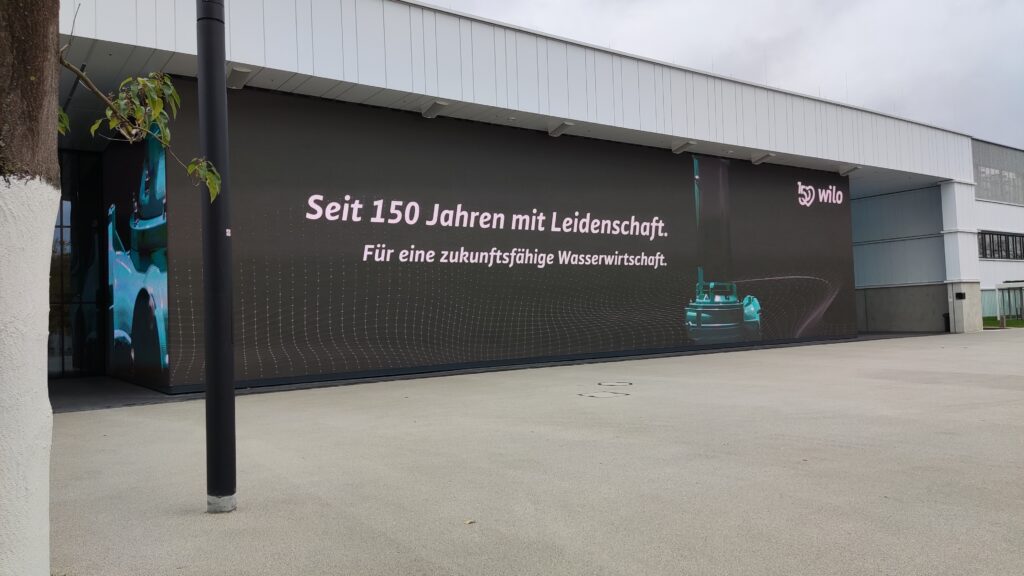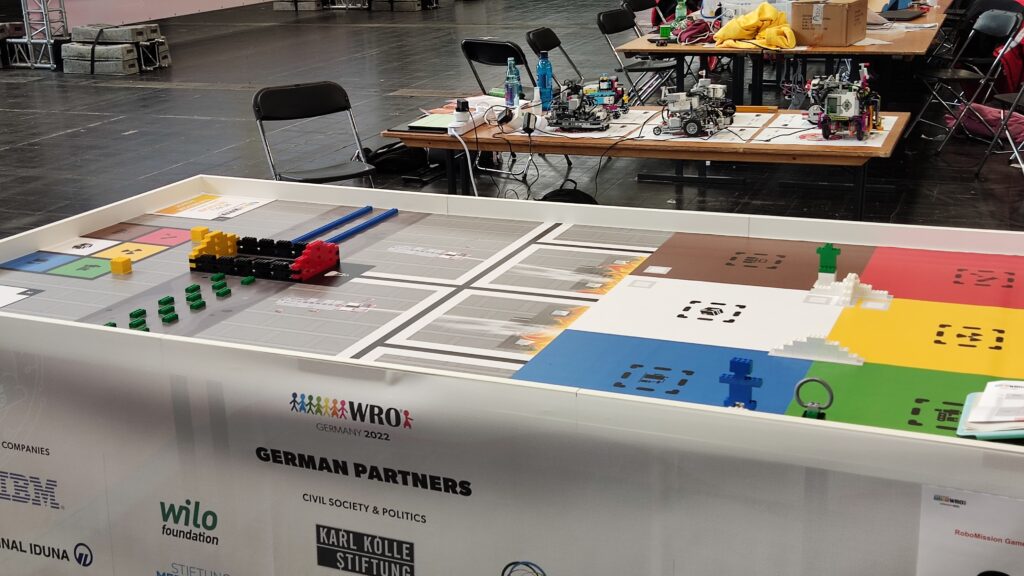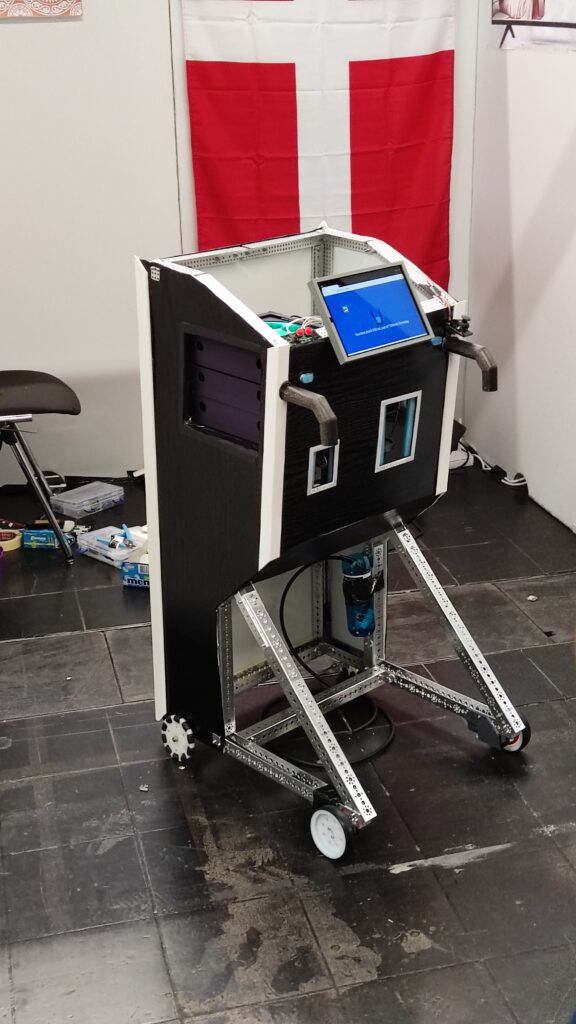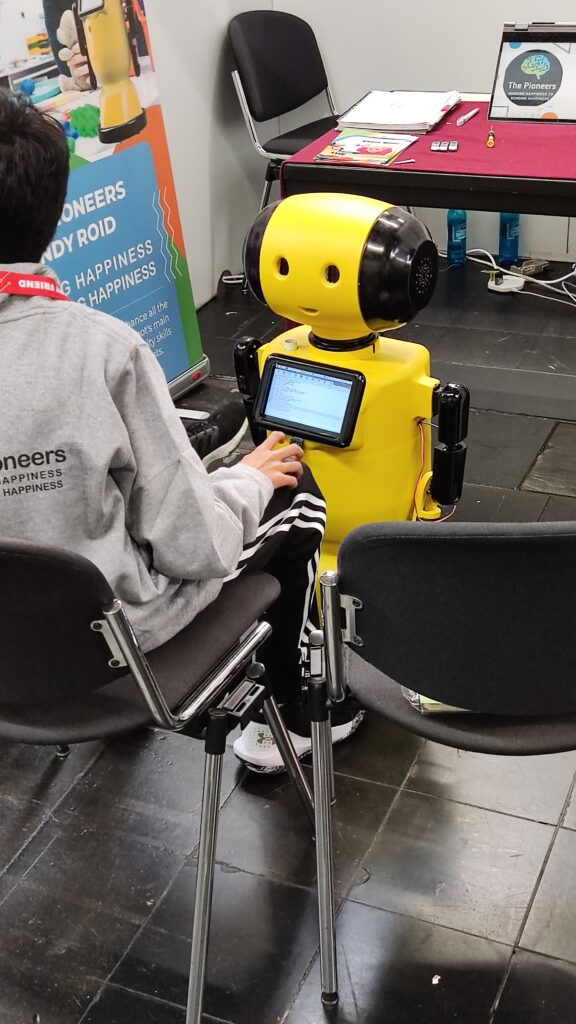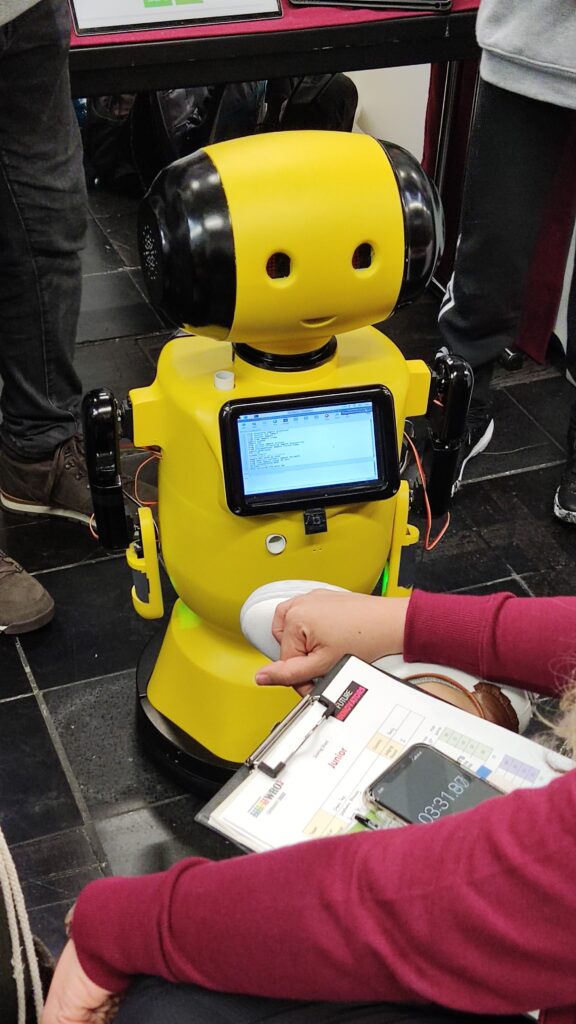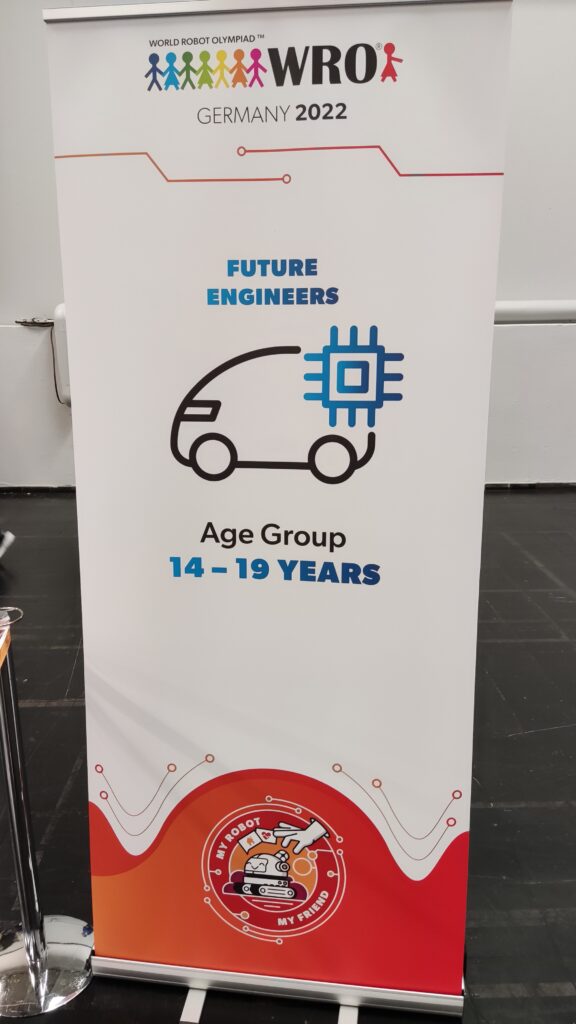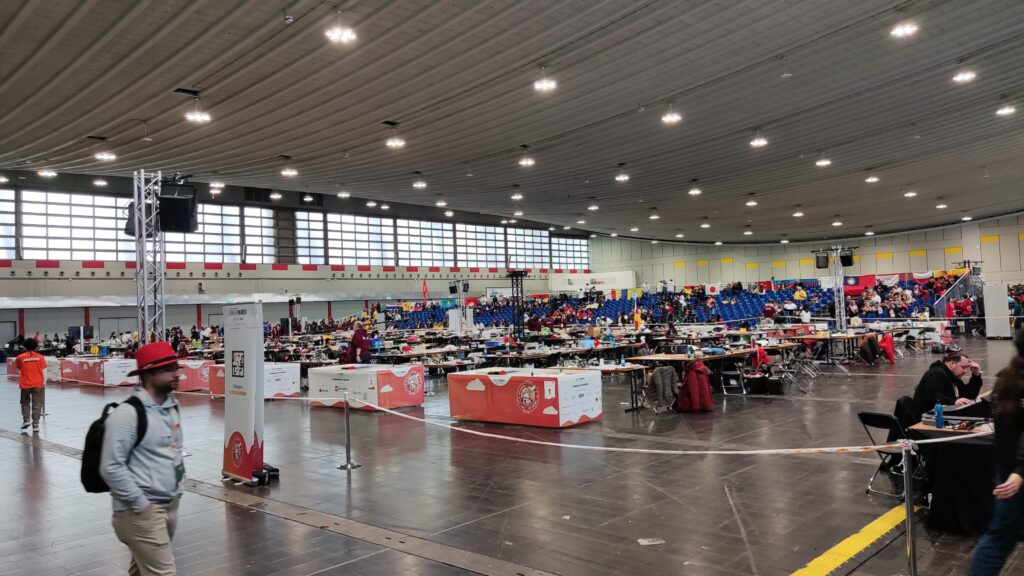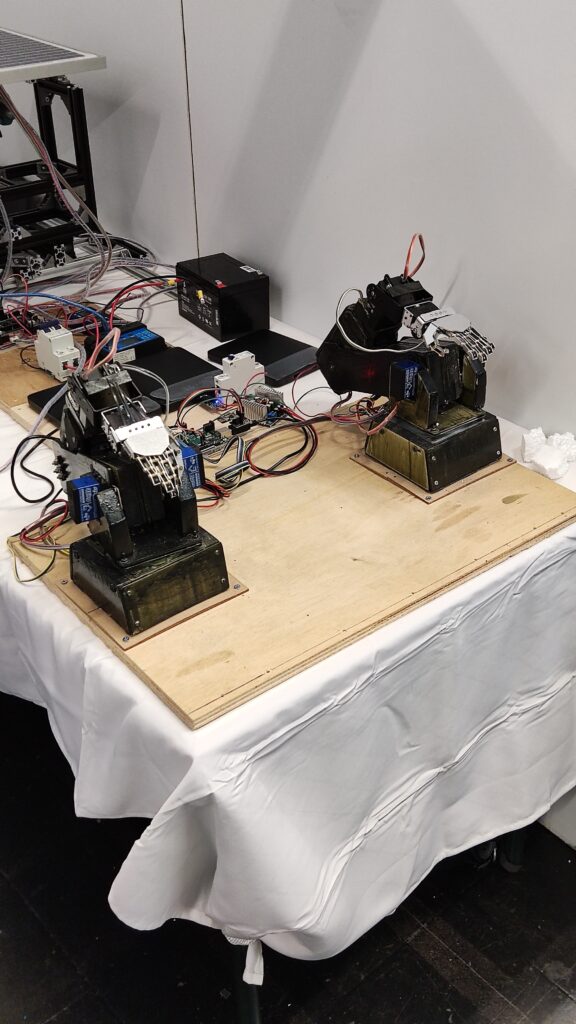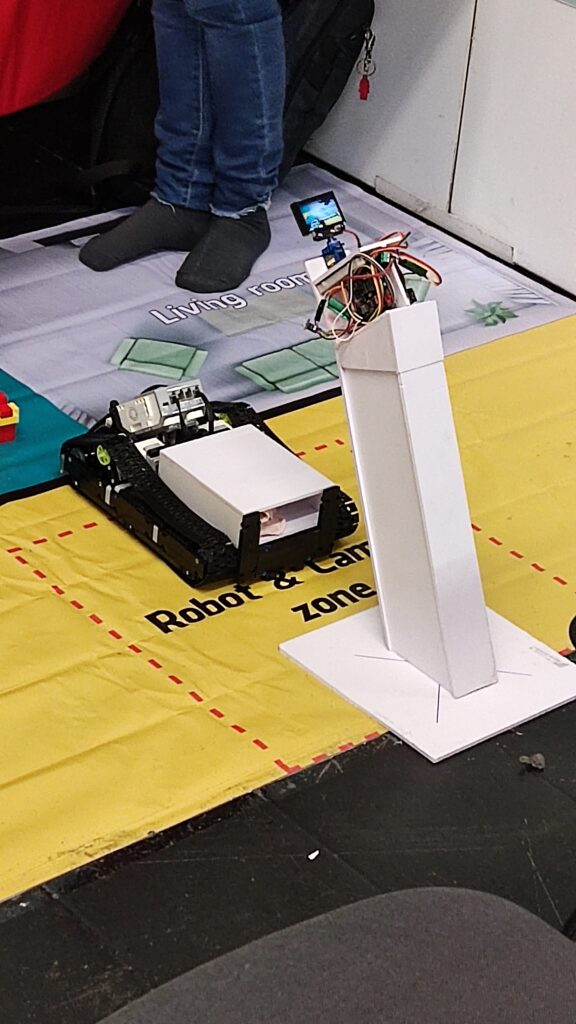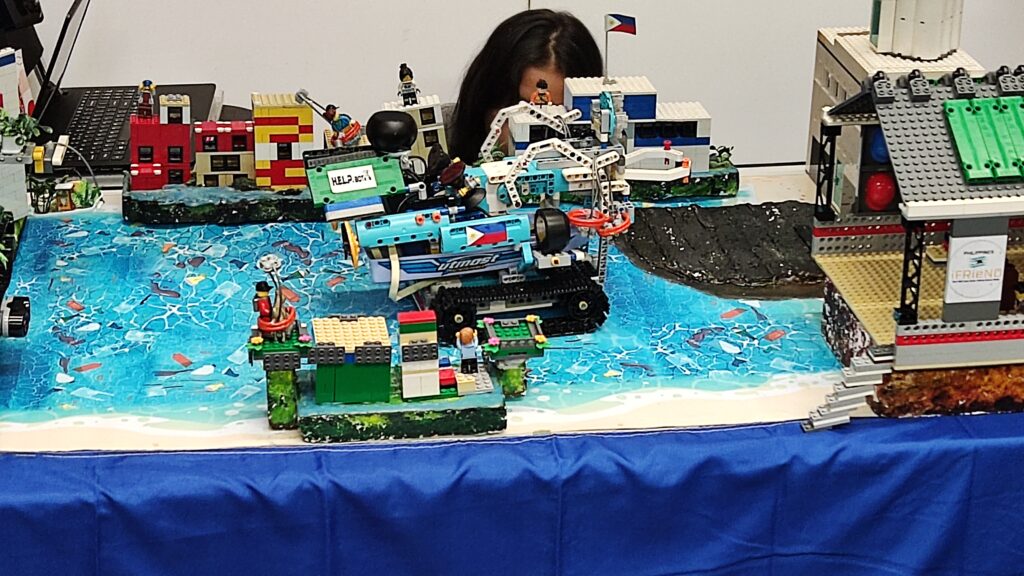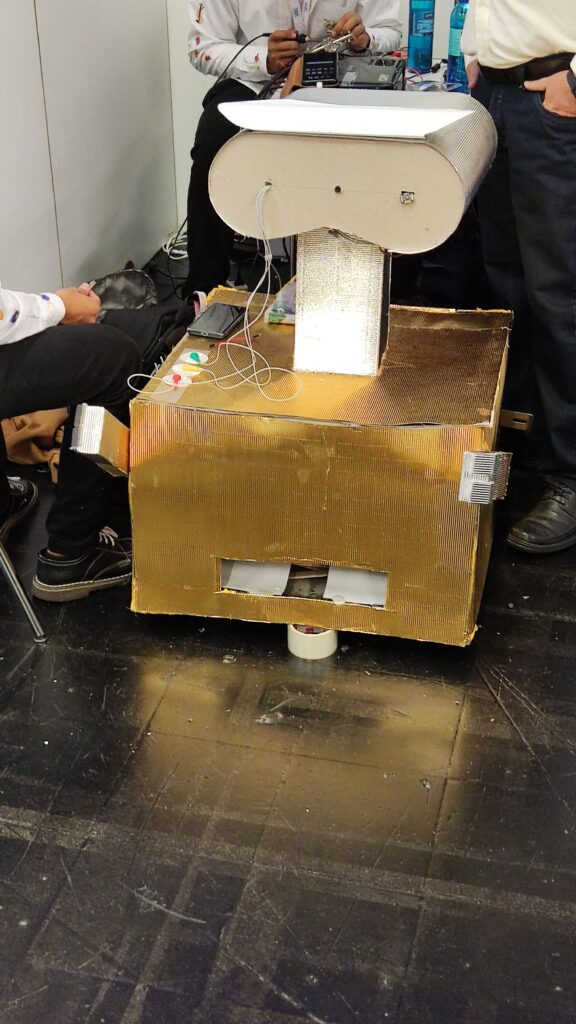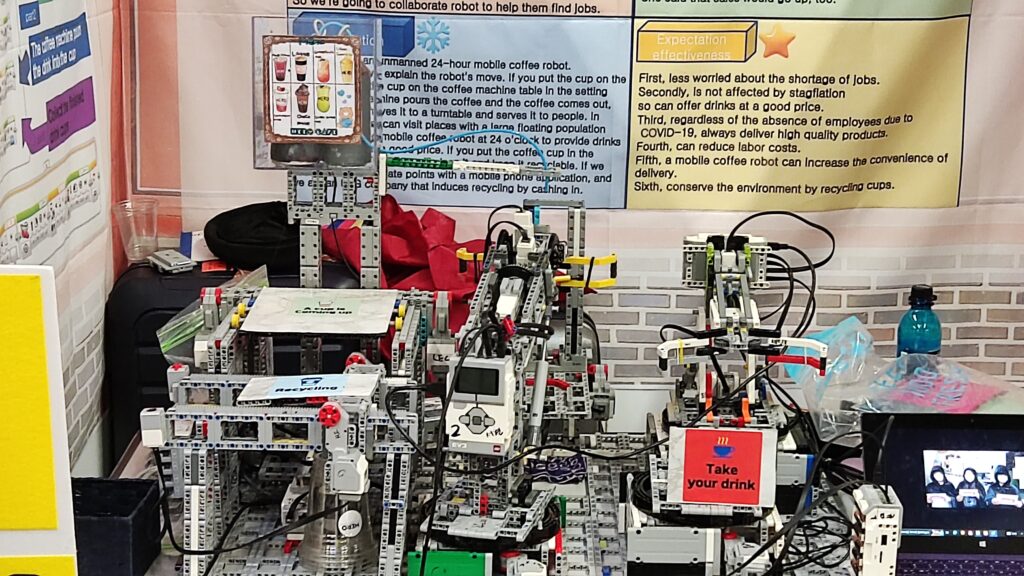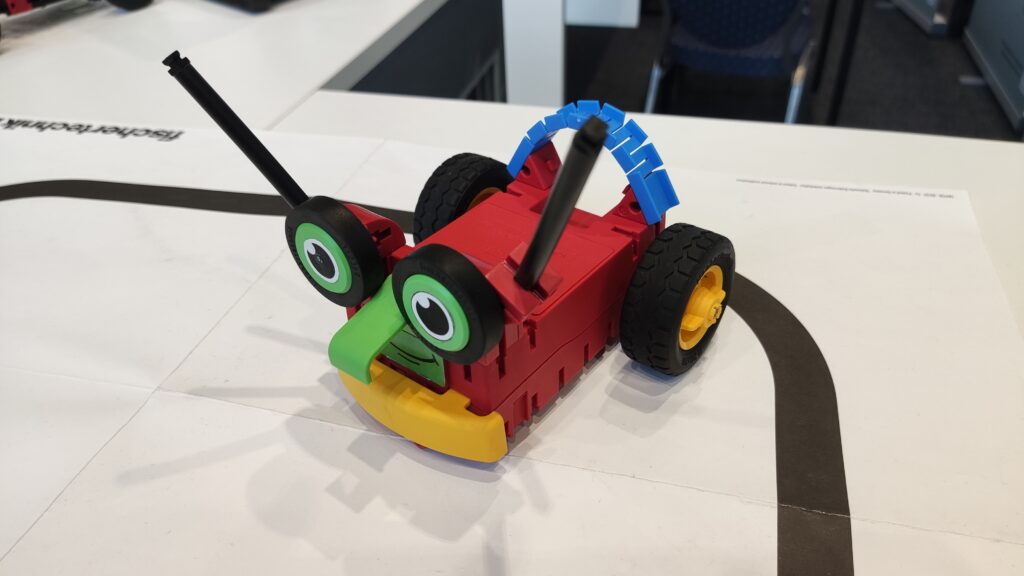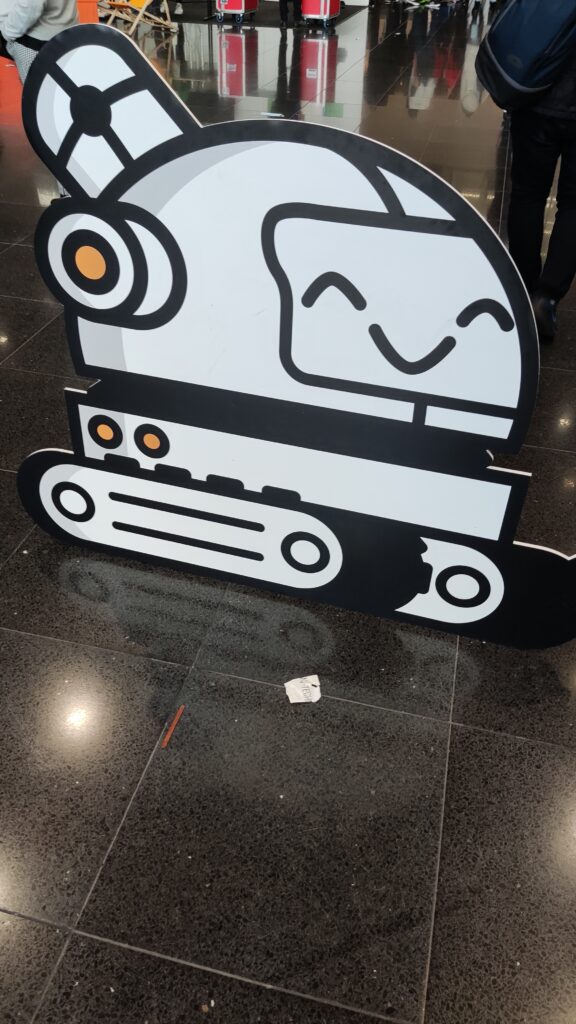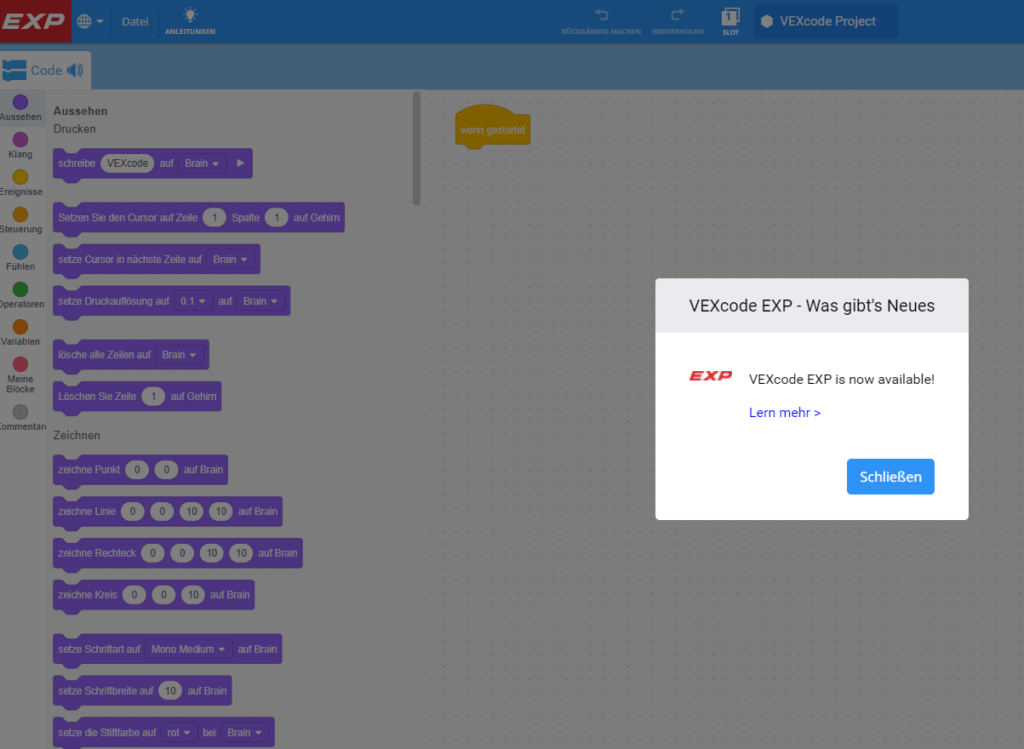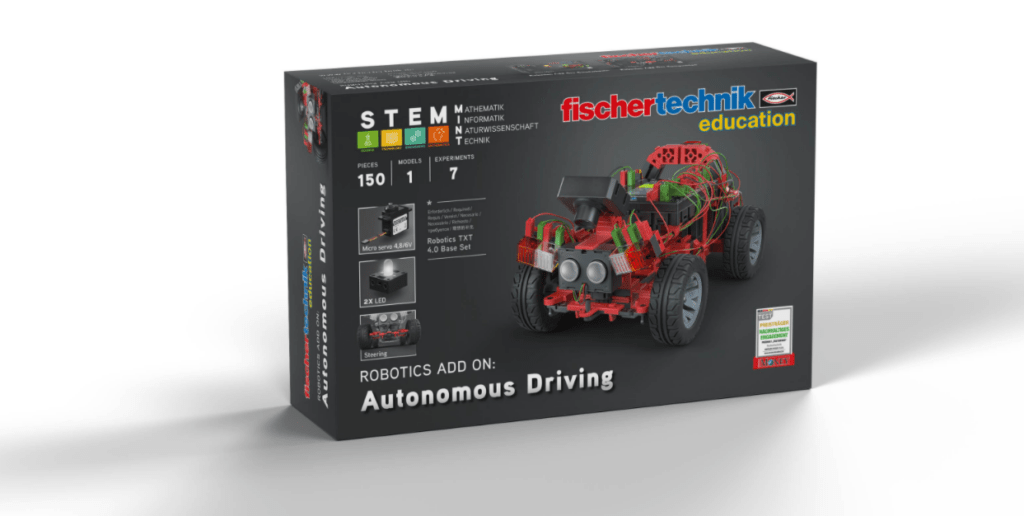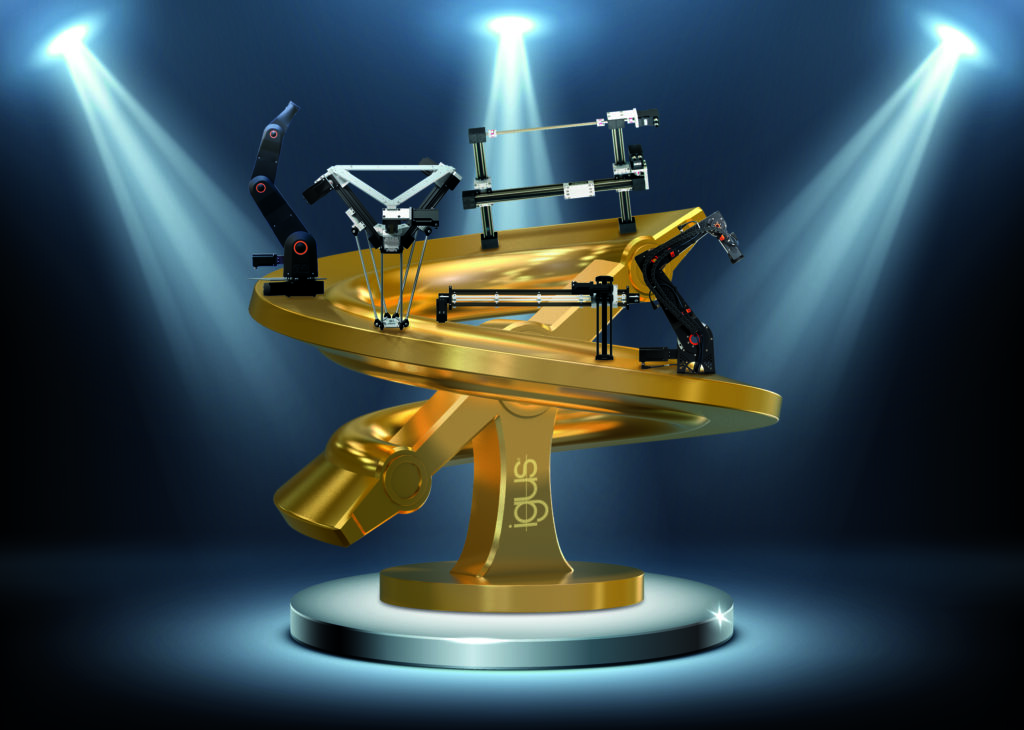Dienstag, 30. Mai 2023 – Der Fachbereich Elektrotechnik, Maschinenbau und Technikjournalismus (EMT) der Hochschule Bonn-Rhein-Sieg (H-BRS) lädt von Freitag, 9. Juni, bis Samstag, 10. Juni, zur Roboternacht ein. Innerhalb von 24 Stunden werden Schülerinnen und Schüler einen Roboter bauen und auf einen Parcours schicken. Zuschauerinnen und Zuschauer sind am Samstag ab 13 Uhr zu Wettkampf und Siegerehrung im Audimax auf dem Campus Sankt Augustin willkommen.

Die Roboternacht richtet sich an Schülerinnen und Schüler der Klassenstufen 5 bis 13, die über Roboter-AGs an ihren Schulen angemeldet werden. Das Event wird, unter der Leitung von Professorin Irene Rothe, von Studierenden des Fachbereichs eigenständig organisiert und betreut. Die Aufgabe für die Schülerinnen und Schüler besteht darin, in weniger als 24 Stunden einen Roboter zu bauen und zu programmieren. Anschließend müssen die Roboter in einem Wettkampf einen Parcours möglichst fehlerfrei durchlaufen. „Roboter sind sehr gut geeignet für das Sammeln von Ingenieur-Erfahrungen: Fehler in der Programmierung werden sofort sichtbar, wodurch das Lernen aus Fehlern möglich wird“, so Professorin Rothe. Den Hintergrund für die Programmieraufgabe bildet die Geschichte um den Luftbändiger Aang, ein Avatar, der die Welt vor der Feuernation retten soll.
Interessierte Zuschauerinnen und Zuschauer können den Wettkampf und die Siegerehrung am Samstag, 10. Juni, ab 13 Uhr im Audimax miterleben.

Die Roboternächte verfolgen die Intention, Schülerinnen und Schüler spielerisch für Technik und MINT zu begeistern: „Die Kinder brauchen ein Ziel für das Bauen und Programmieren ihrer Roboter. Dafür ist die Roboternacht im Frühsommer ein Highlight. Man kann sich mit anderen Teams bei lustigen und kniffeligen Parcours-Aufgaben messen und um einen Pokal kämpfen“, erklärt Irene Rothe.
Bereits seit 2011 sind die Roboternächte Bestandteil der Lehre im Fachbereich EMT. Die Idee, Studierende in einem Projekt solche Roboternächte planen und organisieren zu lassen, entstand aus einer Kooperation mit der CJD Christophorusschule in Königswinter. So können die Studierenden Projektmanagementerfahrungen sammeln und ihr erlerntes Wissen bei der Umsetzung eines unterhaltsamen, robusten und machbaren Parcours anbringen.

